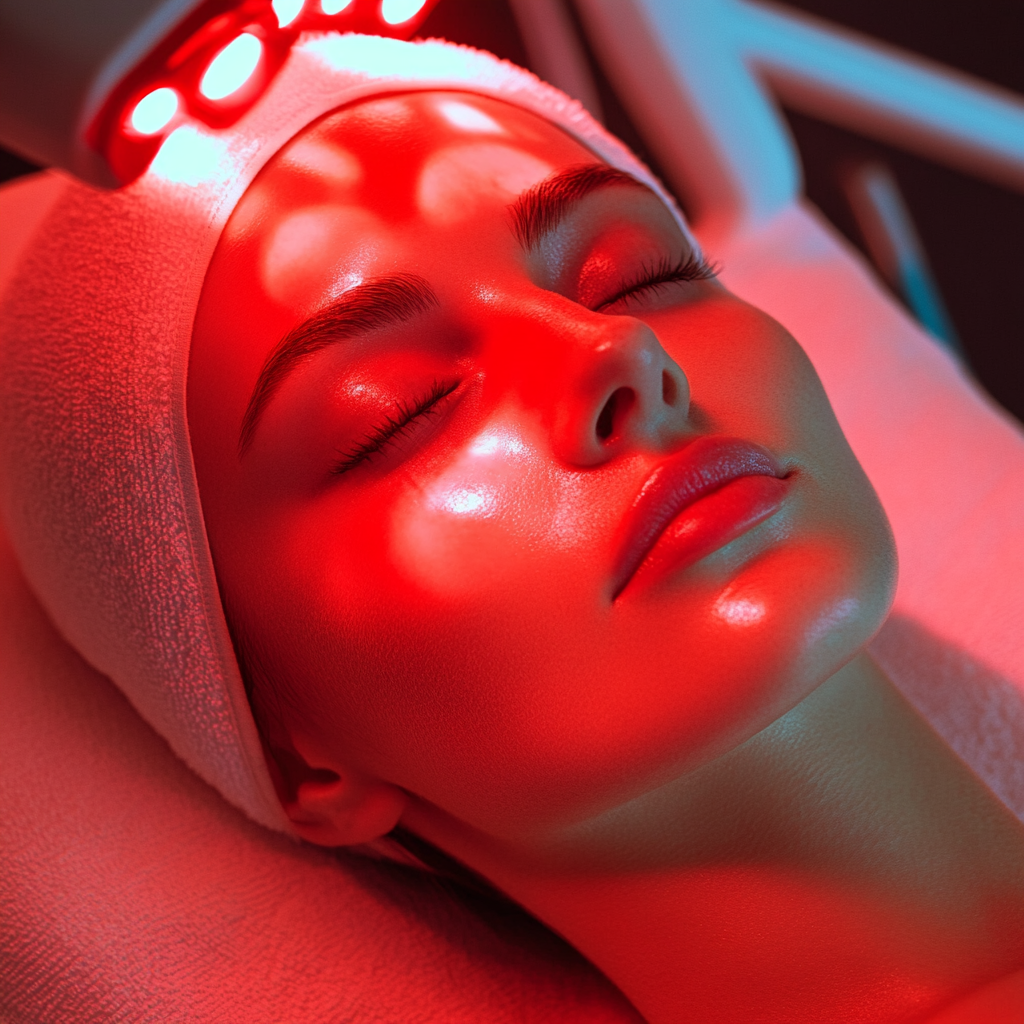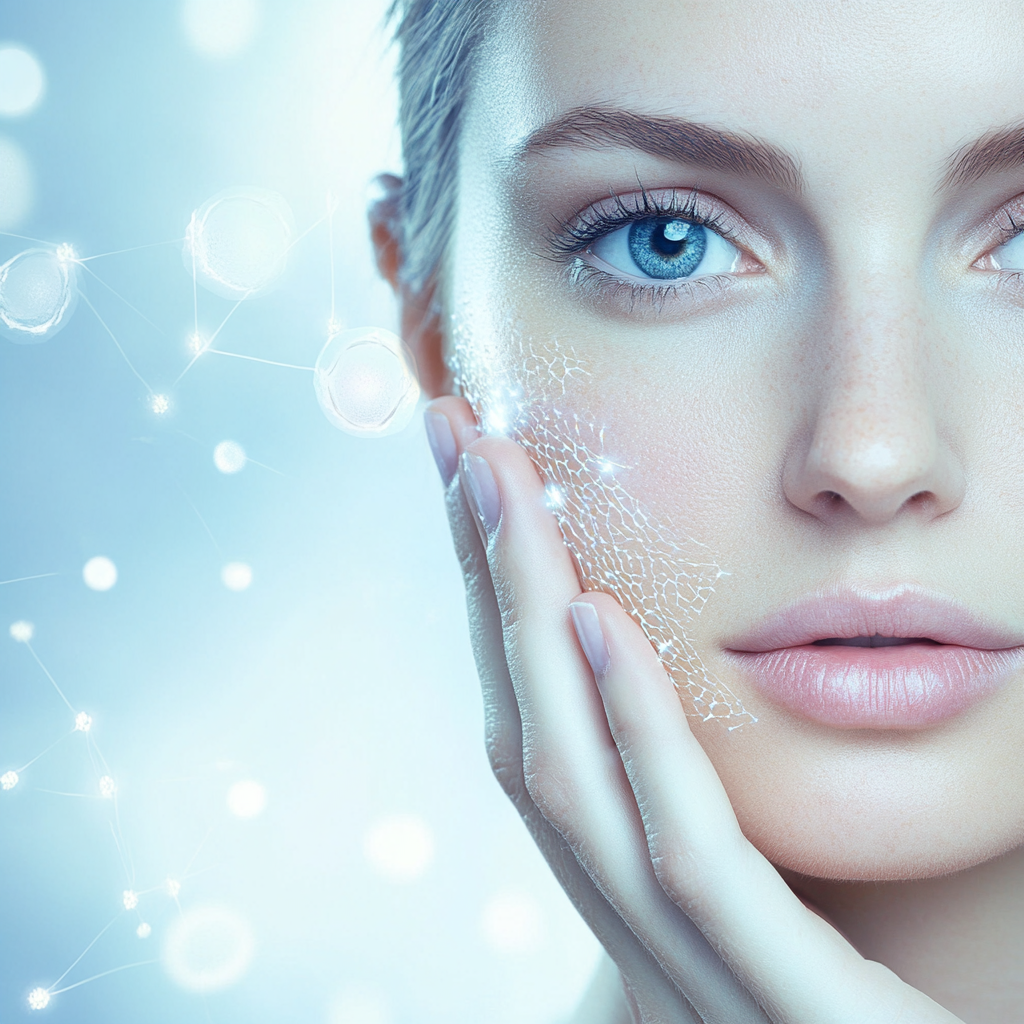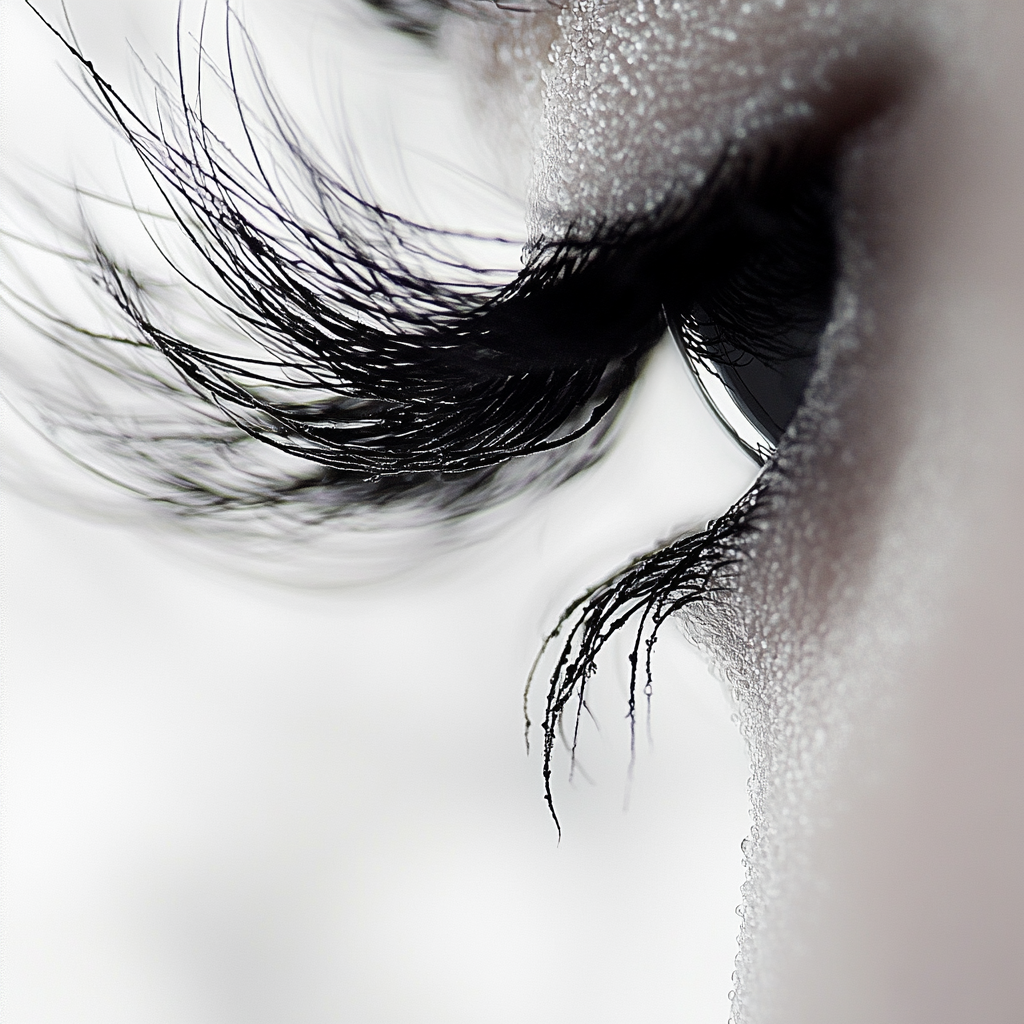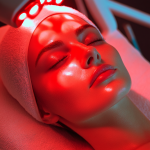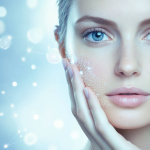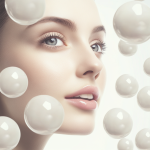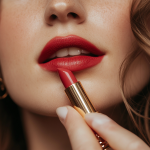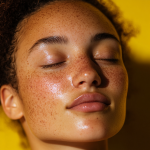Now Reading: Peptides in Skincare: Hype or Science-Backed Anti-Aging Miracle?
-
01
Peptides in Skincare: Hype or Science-Backed Anti-Aging Miracle?
Peptides in Skincare: Hype or Science-Backed Anti-Aging Miracle?
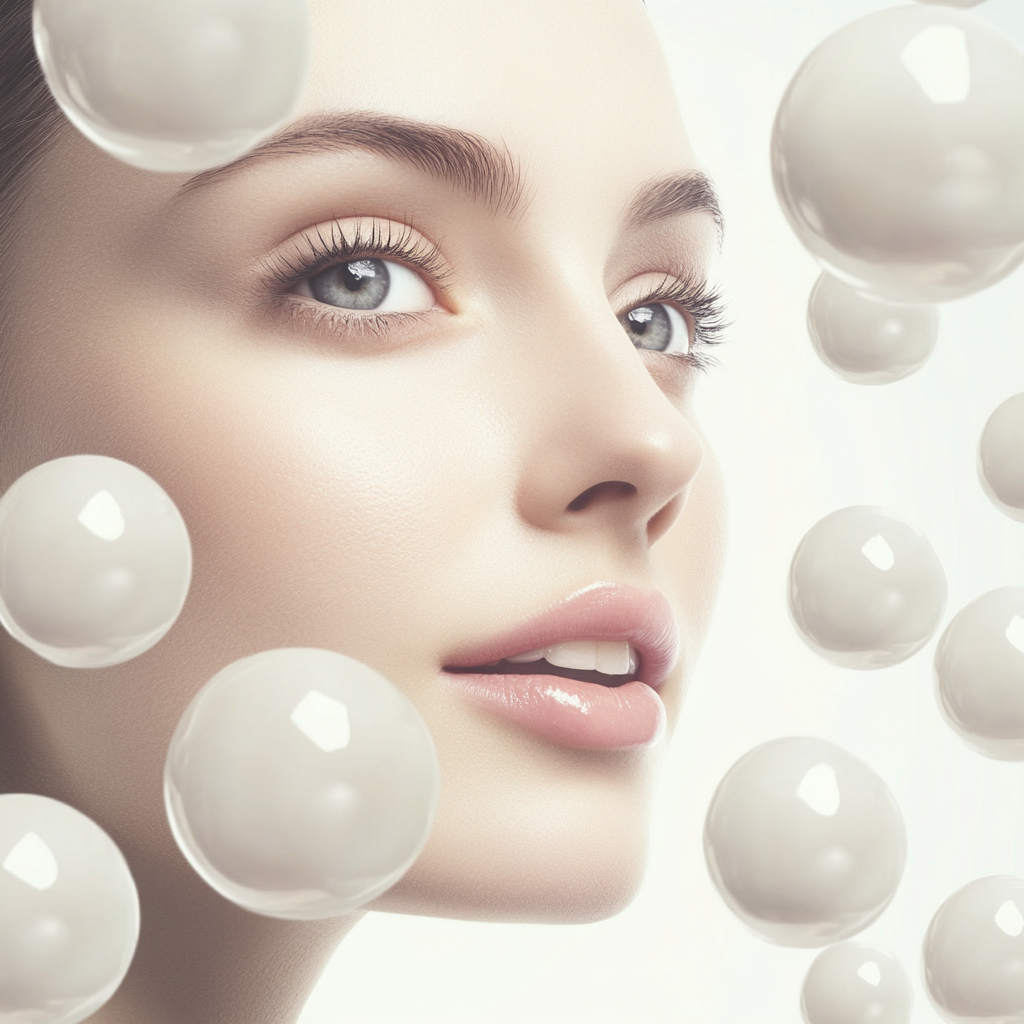
Walk into any high-end skincare boutique or drugstore aisle, and you’ll find an array of serums, moisturisers, and eye creams boasting peptides as their star ingredient. These small but mighty protein fragments are hailed as skin-repairing, collagen-boosting, and wrinkle-smoothing powerhouses. But do peptides actually live up to the claims, or is this just another overhyped marketing gimmick?
To get to the truth, we need to dive into what peptides really are, how they interact with the skin, and whether science backs their use in skincare.
What Are Peptides and How Do They Work?
At their core, peptides are short chains of amino acids, the building blocks of proteins like collagen, elastin, and keratin—all essential for keeping skin firm, plump, and resilient. Think of them as messengers that tell your skin to regenerate, repair, and function optimally.
The body naturally produces peptides, but as we age, collagen production declines, leading to wrinkles, sagging, and a loss of elasticity. The idea behind peptide-based skincare is that by applying these compounds topically, we can signal the skin to ramp up collagen synthesis, strengthen the skin barrier, and improve overall texture.
But here’s where things get nuanced—not all peptides are created equal. Their effectiveness depends on their molecular size, stability, and ability to penetrate the skin barrier.
The Different Types of Peptides in Skincare
If peptides were a skincare army, each type would have a specialised role:
1. Signal Peptides: The Collagen Boosters
These peptides act as molecular messengers, triggering collagen and elastin production. The most well-known example is palmitoyl pentapeptide-4, commonly found in anti-aging serums. Brands often claim that these peptides “trick” the skin into thinking it has a wound, prompting it to generate new collagen—a clever biohack for firmer skin.
2. Carrier Peptides: The Nutrient Transporters
Carrier peptides, like copper peptides, bind to essential trace elements (such as copper or manganese) and help deliver them to the skin. Copper peptides, in particular, have been studied for their wound-healing properties, antioxidant benefits, and ability to support skin regeneration.
3. Enzyme-Inhibitor Peptides: The Wrinkle Fighters
These peptides work by blocking the enzymes that break down collagen and elastin, slowing down the aging process. One standout example is matrixyl 3000, a peptide complex that helps smooth out fine lines and improve skin elasticity.
4. Neurotransmitter Peptides: The Botox-Like Relaxers
Often marketed as “topical Botox,” these peptides aim to relax facial muscles and reduce expression lines. One of the most famous is argireline (acetyl hexapeptide-3), which inhibits the release of neurotransmitters responsible for muscle contractions. While it won’t replace actual Botox, studies suggest it may help soften dynamic wrinkles over time.
What Does the Science Say? Are Peptides Proven to Work?
Unlike some skincare trends that rely on anecdotal evidence, peptides do have scientific backing—but with some caveats. Research has shown that certain peptides, particularly signal peptides and copper peptides, can effectively stimulate collagen production, improve skin elasticity, and enhance wound healing.
However, the challenge lies in delivery and penetration. The skin’s natural barrier is designed to keep most molecules out, which means some peptides may sit on the surface rather than reaching deeper layers where collagen production occurs. This is why formulation matters—look for peptide serums with liposomal encapsulation or nanotechnology, which help enhance penetration.
Moreover, peptides work best in synergy with other proven ingredients. Combining them with retinol, vitamin C, and hyaluronic acid can amplify their benefits, while layering them with occlusive ingredients can help them absorb better.
Are Peptides a Must-Have in Skincare?
If you’re looking for a well-rounded anti-aging routine, peptides can absolutely play a role—but they aren’t magic bullets. They work best as part of a broader strategy that includes UV protection, antioxidants, and skin-renewing ingredients.
For those with sensitive skin, peptides offer a gentler alternative to retinoids, as they stimulate collagen without the irritation or peeling. And if you’re already using Botox or fillers, peptides can complement these treatments by keeping the skin hydrated and resilient.
How to Choose the Right Peptide Products
Peptides are popping up in everything from cleansers to toners, but to get real benefits, look for leave-on products like serums and creams where peptides have time to interact with the skin.
✔ For fine lines and collagen support → Choose a peptide serum with palmitoyl pentapeptide-4 or matrixyl 3000.
✔ For skin healing and anti-inflammatory benefits → Look for copper peptides.
✔ For Botox-like effects on expression lines → Opt for argireline-based formulas.
✔ For overall skin resilience and hydration → Try a multi-peptide complex combined with hyaluronic acid.
Final Verdict: Hype or Science?
Peptides aren’t just hype—they’re a legitimate, science-backed tool for maintaining youthful skin. But the formulation, stability, and complementary ingredients determine how effective they’ll be. If you’re serious about skincare, peptides deserve a place in your routine, but they should be part of a bigger picture approach to skin health.
With new advancements in bioengineered peptides and delivery systems, the future of peptide-based skincare looks even more promising. As always, trust the science, not just the marketing.












